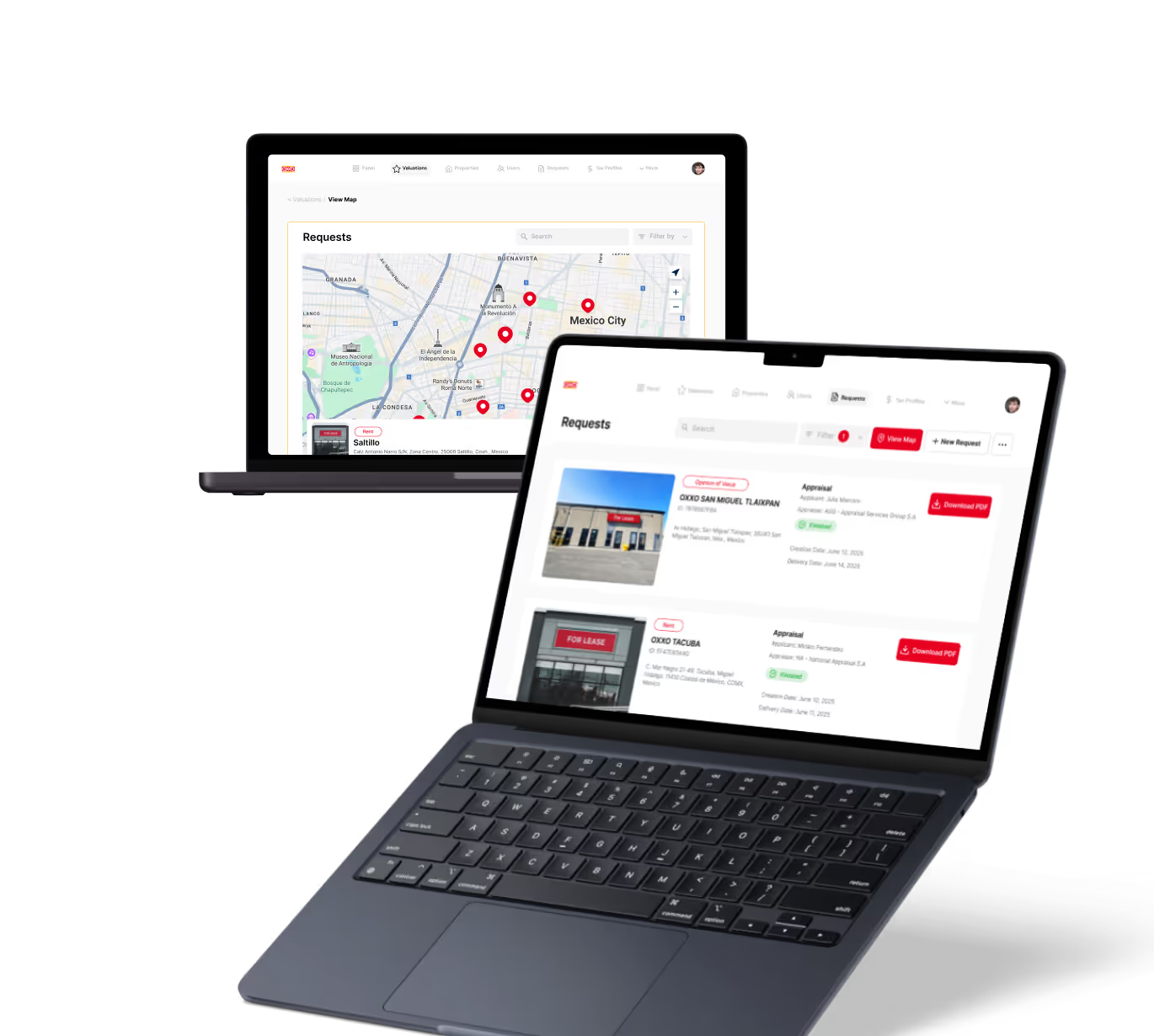Product Discovery in Product Management
Product Management
Explore how product discovery drives successful product management by understanding users, validating ideas, and reducing risks.
Introduction to Product Discovery
When you start building a product, you want to make sure it solves real problems. Product discovery helps you do just that. It’s the process of learning what your users need before you build anything.
In product management, discovery is key to creating products that customers love. It reduces risks and saves time by focusing on the right ideas early on. Let’s explore how product discovery works and why it matters.
Understanding Product Discovery
Product discovery is about finding the best product to build. It involves talking to users, testing ideas, and gathering feedback. This helps you understand user needs and market fit.
Unlike product delivery, which focuses on building and shipping, discovery is about learning and validating. It answers questions like:
- Who are my users?
- What problems do they face?
- Which solutions will work best?
By answering these, you avoid building features no one wants. Discovery is an ongoing process, not a one-time step.
Key Steps in Product Discovery
Product discovery involves several important steps. Each step helps you gather insights and make better decisions.
- User Research: Talk to real users through interviews, surveys, or observations to understand their pain points.
- Idea Generation: Brainstorm solutions based on user needs and business goals.
- Prototyping: Create simple models or mockups of your ideas to test with users.
- Validation: Test prototypes or concepts to see if they solve the problem effectively.
- Prioritization: Decide which ideas to build first based on impact and feasibility.
Tools like Figma for prototyping or Typeform for surveys can help you at these stages. No-code platforms like Bubble or Glide let you quickly build test versions without coding.
Benefits of Product Discovery
Investing time in product discovery brings many benefits. It helps you build products that truly meet user needs and succeed in the market.
- Reduces Risk: You avoid costly mistakes by validating ideas early.
- Saves Time and Money: Focus on features users want, not what you guess.
- Improves User Satisfaction: Products solve real problems, increasing loyalty.
- Aligns Teams: Everyone understands the product vision and goals.
- Encourages Innovation: Discovery uncovers new opportunities and ideas.
For example, companies using discovery often run experiments with tools like Make or Zapier to automate user feedback collection and analysis.
Product Discovery vs. Product Delivery
It’s important to know the difference between discovery and delivery. Discovery is about learning and deciding what to build. Delivery is about building and launching the product.
Discovery happens before and during delivery. It guides the development team to build the right features. Without discovery, delivery risks focusing on the wrong problems.
Think of discovery as the map and delivery as the journey. Both are needed for a successful product.
Tools and Techniques for Effective Discovery
Many tools help product managers run discovery smoothly. Here are some popular ones:
- User Research: Lookback, UserTesting for interviews and feedback.
- Prototyping: Figma, Adobe XD for design mockups.
- Idea Management: Miro, Trello for brainstorming and organizing ideas.
- Validation: UsabilityHub, Maze for testing prototypes.
- Automation: Zapier, Make to collect and analyze user data automatically.
Using no-code tools like Bubble or Glide, you can build quick prototypes or MVPs to test ideas without heavy coding.
Real-World Examples of Product Discovery
Many successful products started with strong discovery phases. For instance, Airbnb began by interviewing users to understand travel pain points. They built simple prototypes to test their ideas before scaling.
Another example is Glide, a no-code app builder. They continuously gather user feedback and run experiments to improve their platform. This helps them prioritize features that users really want.
These examples show how discovery leads to better products and happier customers.
Conclusion
Product discovery is a vital part of product management. It helps you understand your users, test ideas, and build products that solve real problems. By investing in discovery, you reduce risks and create more value.
Whether you use no-code tools or traditional methods, discovery should be ongoing. It keeps your product aligned with user needs and market changes. Start your discovery process today to build smarter, user-focused products.
FAQs
What is product discovery in product management?
Why is product discovery important?
What are common steps in product discovery?
How does product discovery differ from product delivery?
What tools help with product discovery?
Can no-code tools support product discovery?
Related Terms
See our numbers
315+
entrepreneurs and businesses trust LowCode Agency
Investing in custom business software pays off
We were managing property valuations across multiple brands, and the complexity was overwhelming our traditional processes. Every day of delay in property evaluation meant potential lost revenue and competitive disadvantage.
15,000+
property valuations managed through centralized platform
40%
reduction in valuation processing time

J.Antonio Avalos
,
Product Manager Lead
OXXO



%20(Custom).avif)